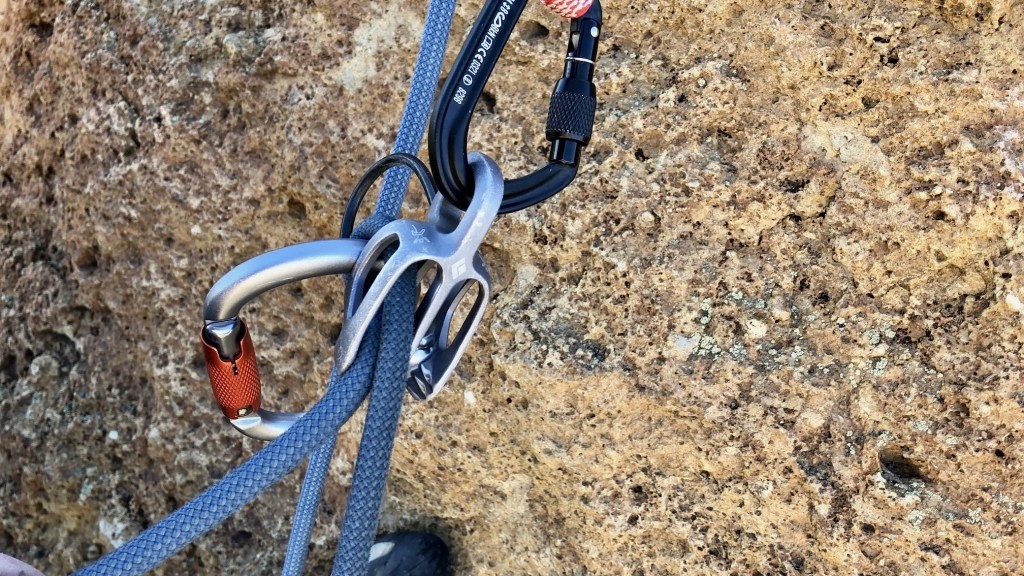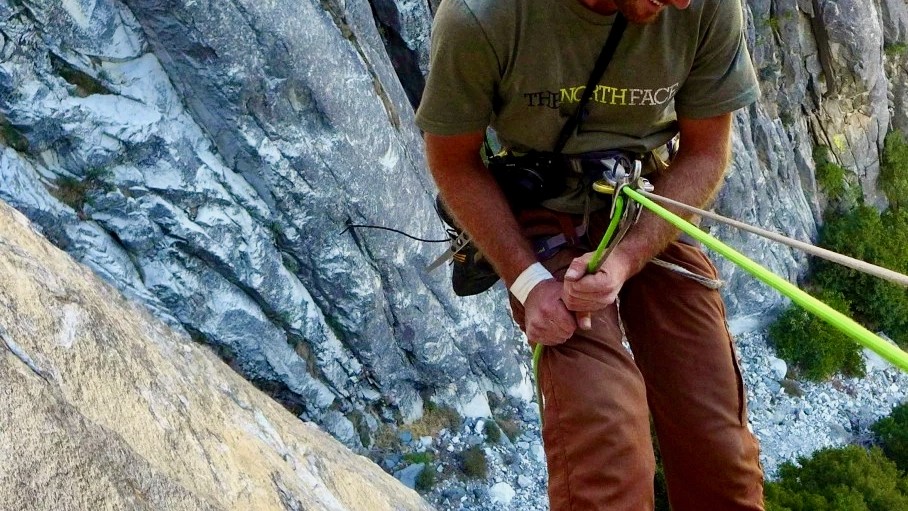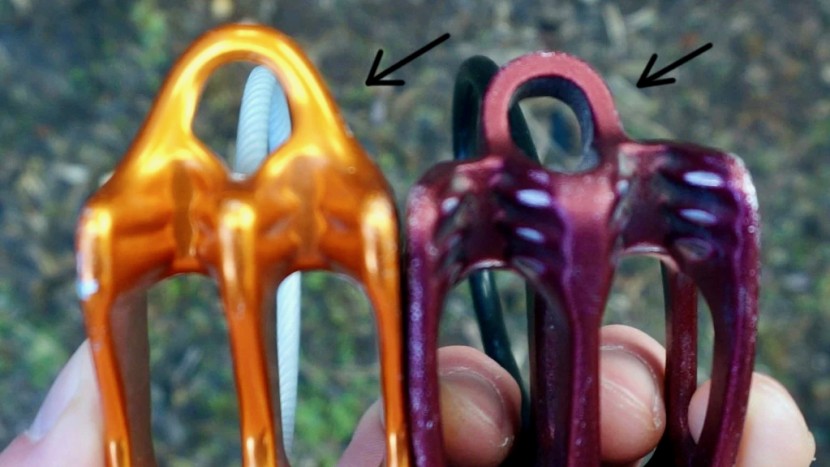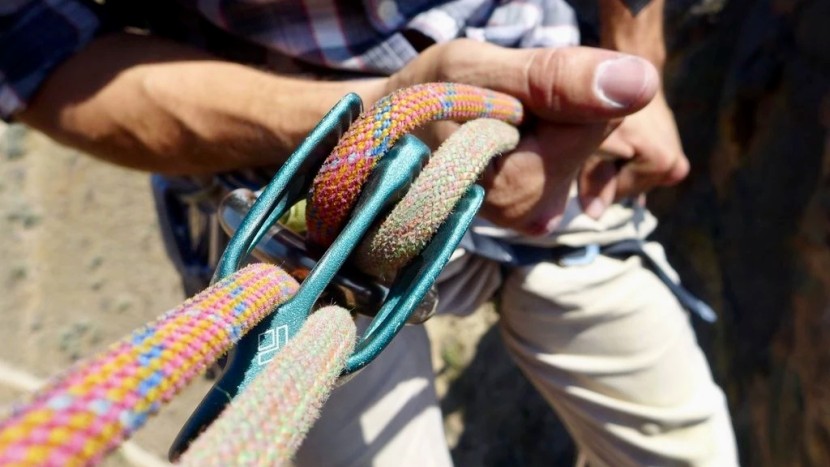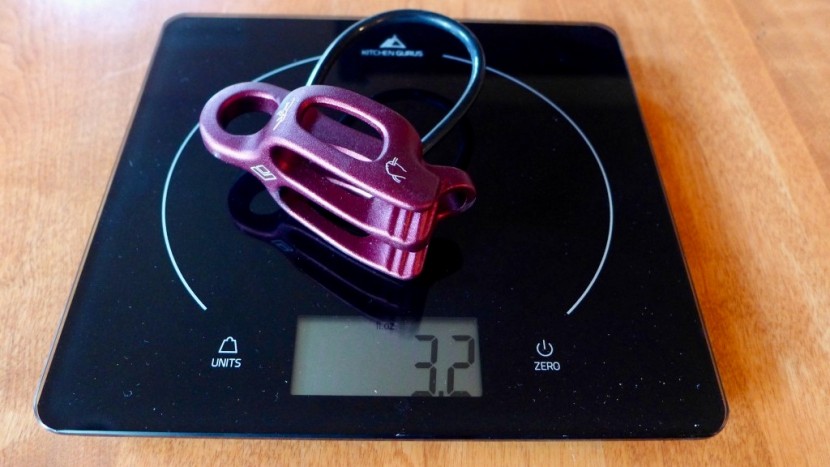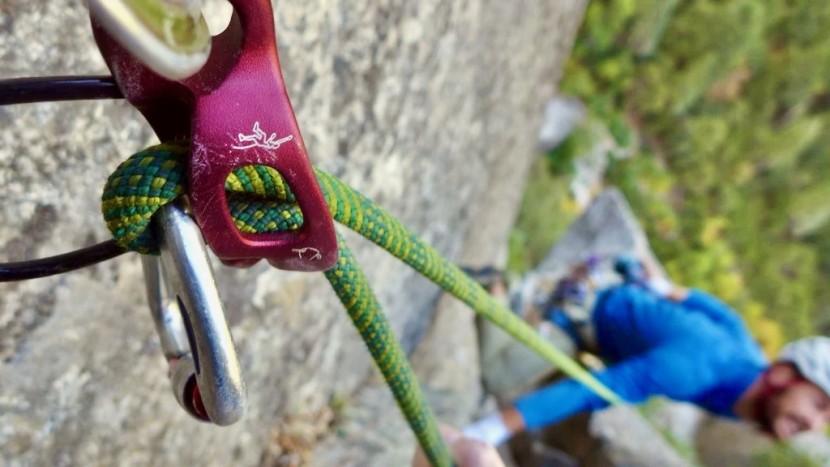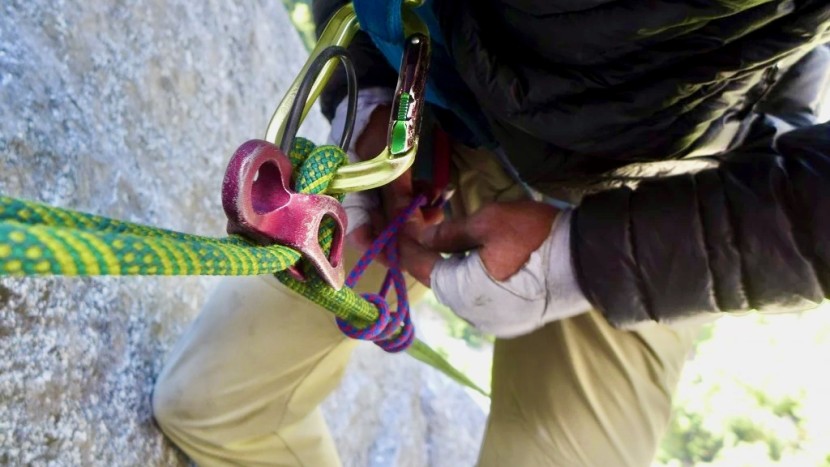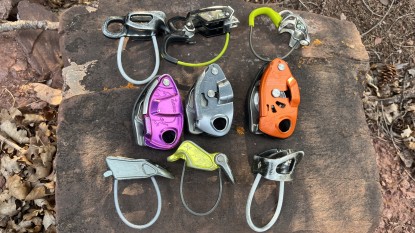Our Verdict
Compare to Similar Products
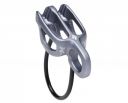 This Product
Black Diamond ATC Guide | |||||
|---|---|---|---|---|---|
| Awards | Best Bang for the Buck | ||||
| Price | $37.88 at Amazon Compare at 3 sellers | $39.95 at REI Compare at 2 sellers | $36.95 at Backcountry Compare at 2 sellers | $25 List $24.95 at Amazon | $25 List $29.95 at Amazon |
Overall Score  |
|||||
| Star Rating | |||||
| Bottom Line | Simple, durable, and optimal value for multi pitch climbs | Ideal for alpine environments where the ropes are slim and the ounces count | Same as other auto-blocking tube devices with an additional feature that helps lower a follower | Low price pairs well with the basic tube style design and reliability | Smooth rope handling and a simple design all packed in to a mere two ounces |
| Rating Categories | Black Diamond ATC G... | Petzl Reverso | DMM Pivot | Black Diamond ATC XP | Petzl Verso |
| Catch and Bite (30%) | |||||
| Lowering and Rappelling (30%) | |||||
| Feeding Slack (20%) | |||||
| Weight and Bulk (10%) | |||||
| Auto Block (10%) | |||||
| Specifications | Black Diamond ATC G... | Petzl Reverso | DMM Pivot | Black Diamond ATC XP | Petzl Verso |
| Style | Auto-block tube | Auto-block tube | Auto-block tube | Tube style | Tube style |
| Recommended Rope Diameter (Single) | 8.9 mm - 11 mm | 8.5 mm - 10.5 mm | 8.7 mm - 11 mm | 9 mm - 11 mm | 8.5 mm - 11 mm |
| Recommended Rope Diameter (Half) | 8.1 mm - 11 mm | 7.1 mm - 9.2 mm | 7.3 mm - 9.2 mm | 7.7 mm - 11 mm | 7.1 mm - 9.2 mm |
| Recommended Rope Diameter (Twin) | 8.1 mm - 11 mm | 6.9 mm - 9.2 mm | 7.3 mm - 9.2 mm | 8 mm - 11 mm | 6.9 mm - 9.2 mm |
| Weight (oz) | 3.2 oz | 2.2 oz | 2.5 oz | 2.2 oz | 2 oz |
| Double Rope Rappel? | Yes | Yes | Yes | Yes | Yes |
| Belay Off Anchor? | Yes | Yes | Yes | No | No |
| Assisted Braking? | No | No | No | No | No |
Our Analysis and Test Results
The Black Diamond ATC Guide is a tube-style belay device with an extra clip-in loop for belaying a second directly off of an anchor. It costs very little and last a long time.
Please don't mistake our discussion, intended to help you with a purchasing decision, for instruction or advice. Check out the pictorial instructions linked here for proper usage of this device.
Catch/Bite
The ATC Guide provides similar friction compared to the other tube-style devices. One side of the friction channels is toothed, the other smooth, to give you two different friction options. It loses points to the assisted braking models because holding a hanging climber requires a constant grip that can tire your hand.
We like locking off with it more than some other options because the ATC Guide's hole to release auto-block mode is recessed. This allows you to bend the rope through the toothed groove at a sharper angle, creating more friction and ultimately saving hand strength for climbing instead of belaying. Passive assist braking devices offer a stronger bite, which gives your hand a break when belaying someone who is hanging a lot.
Lowering/Rappelling
The performance difference between lowering/rappelling with the ATC Guide and its closest competitors is almost too small to recognize.
After extensive blind testing with several different ropes, we ultimately concluded that the ATC Guide is slightly smoother. This difference is so small though that it wasn't enough to impact our scoring nor should you let it impact your purchasing decision.
Feeding Slack
There isn't much variation between the ATC Guide and the other tube-style devices when feeding slack to a leader. The difference is substantial, however, when compared to the assisted locking models. Without mechanical cams or release handles, the simple tube designs feed easier. This can reduce the chances of short roping and help you make more precise adjustments during critical near-ground clips.
Weight/Bulk
The ATC Guide weighs about an ounce more than its closest competitors. For most folks, this amount isn't a big deal, but for such a lightweight item, it's not an insignificant difference. Size-wise, the ATC Guide is also a bit larger. Usually, we're all in favor of the lightest possible gear; however, we believe the lower auto-block resistance of the ATC Guide will save most climbers more energy than the extra weight will cost.
Not to mention, with more weight and material also comes greater durability.
Auto-Block
The most noticeable thing distinguishing the passive auto-block devices we tested is the amount of friction in auto-block mode. To examine the differences objectively, we used a hanging scale and a brand new model of each device to measure resistance. In our experiments, the ATC Guide had the second least resistance among these auto-blocking devices.
Compared with some alternatives, the friction savings was noticeable, and our testers were able to consistently identify each in blind tests. It's not uncommon for longer multi-pitch routes to require a thousand feet of rope work, and by the end of many, we know our elbows appreciated the ATC Guide's lower friction.
Should You Buy the Black Diamond ATC Guide?
Every multi-pitch climber needs a device for belaying the leader, a device for belaying the follower, and a device for rappelling. The ATC Guide does all three, and it comes at a low weight and low price. For this reason, almost every serious climber owns this device or one of its closest competitors. We think this one performs the best, and it happens to be the least expensive of the tube-style devices with “guide mode” or auto-blocking function.
What Other Belay Devices Should You Consider?
The ATC Guide's closest competitor is the lighter Petzl Reverso, and they perform almost exactly the same, with slight differences in weight and auto-blocking friction. The Edelrid Mega Jul is similarly lightweight, but comes with added passive-braking capabilities for lead belaying, and the recommended Edelrid Giga Jul has the same braking functions but also adds versatility to be used in tube-mode altogether. Most climbers also will want an assisted-braking device like the Petzl Gri Gri or the left-handed favorite Edelrid Pinch.


